Aches and pains in your joints? Here’s what to do
Creak when you stand up and ache when you bend? There are things you can do to offset its impact.
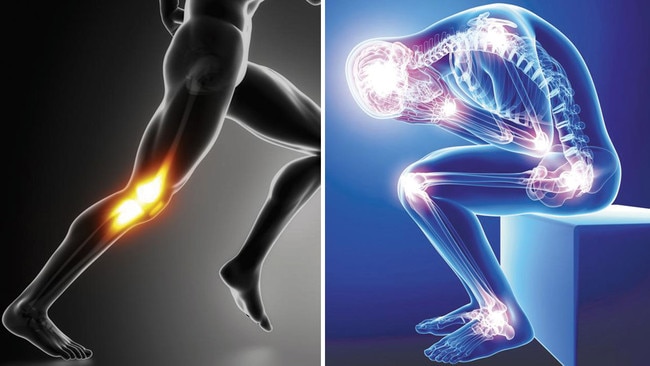
Do you creak when you stand up or ache when you bend to pick something off the floor? Join the club. Most of us will experience some aching in our joints as the years roll by, largely a result of a lifetime of overuse gradually taking a toll on our knees, hips and neck. For some these aches will lead to pain that is debilitating, but in many cases there is much that can be done to prevent things from getting worse.
“There’s no question we ache more as we get older,” says Dr Benjamin Ellis, a consultant rheumatologist and senior clinical policy adviser to the charity Versus Arthritis. “But just because you have begun to experience more aches and pains doesn’t mean a steep decline is inevitable and while we can’t always prevent joints aching there is so much we can do to reduce it.”
Connective tissue in and around joints is as prone to ageing as the rest of the body and as cartilage – the smooth, rubbery layer that covers the ends of bones – becomes thinner and less smooth, so underlying bones begin to change and joints move less freely. Osteoarthritis, an extreme result of this process, affects about nine million people in the UK, the risk increasing from middle age onwards. By the age of 70, one in two people will have the condition although the last thing we should do is give up on our joints. Dr Fiona Watt, consultant rheumatologist and clinical reader in rheumatology at Imperial College London, says it’s a misconception to consider them worn out beyond repair as we get older.

“Cartilage is not just a car tyre that wears out over time. [It is] a living and very active tissue with cells called chondrocytes that respond positively to normal mechanical signals, such as physical loading when we move and exercise,” she says. “Our joints thrive on being loaded regularly and cells respond by repairing and maintaining important tissues.” It’s when the balance of these processes goes awry that joint health deteriorates.
Genes and good fortune partly dictate the path of pain, but so does lifestyle. And exercise is key. “Physical activity has a profound and dramatic effect, so strong it’s as effective as taking a painkiller for some people,” says Dr Stefan Kluzek, a medical doctor and associate professor in sports medicine at the University of Nottingham. “There are multiple reasons why it helps, including the way muscles interact with joints to strengthen them and the release of hormones during exercise that relieve pain. But the bottom line is we should move in as many different ways as often as possible.”
Something as simple as walking could provide valuable joint protection. Researchers at Baylor College of Medicine showed that people who reported walking for exercise had 40 per cent reduced odds of aching knees compared with non-walkers. Grace Hsiao-Wei Lo, assistant professor of immunology, allergy and rheumatology and lead author, says that getting your regular daily steps not only can help to prevent the onset of knee pain in the first instance but also prove an “effective treatment” for it by slowing down the worsening of damage inside a joint.
Wear and repair
Weight training, yoga, even running – once considered an enemy to joint health – can trigger the wear and repair process in a similar way. Swimming, in which the body and joints are cushioned and supported by water, is another option. “As long as the activity doesn’t cause swelling and pain around a joint, then consider it helpful,” Kluzek says. “Never push through pain, and find something that works for you, remembering that no two people respond in exactly the same way to anything.”
People with severe osteoarthritis can experience pain that limits movement and can impact physical and mental wellbeing, but up to half of those who have undergone scans that reveal arthritic joints have little or no discomfort. Ellis says a rule for healthy joints is not to live like a teenager. “Your joints will suffer if you sit or lie down for too long or don’t stretch or move your body for hours,” he says. “The more often you move in any way possible, the better.” What else should you know about your joints?
NOT ALL JOINT ACHES ARE EQUAL – WHEN SHOULD WE WORRY?
On a joint pain scale, general or occasional aches are probably nothing to worry about, but you should keep your eye on moderate intermittent aches. Persistent aches and pains require medical attention.
“Pain severity is not necessarily the most helpful marker, but a rule of thumb is to see a GP if you have been getting regular pain in a joint on most days in the past month, particularly if you are over the age of 45,” Watt says. “Symptoms of early osteoarthritis can come and go but the pain tends to be focused on a joint and you might have difficulty using the joint fully.”
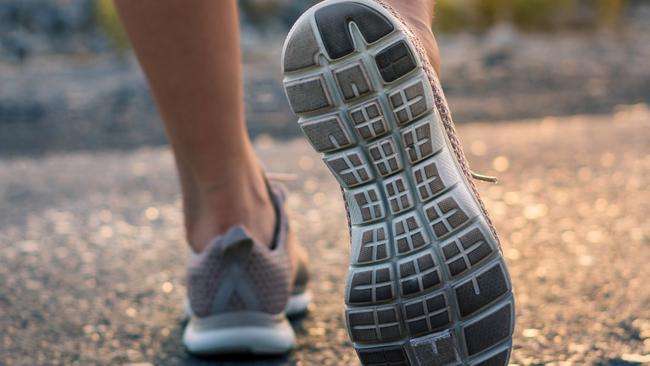
If a joint becomes painful quite suddenly or is accompanied by swelling or tenderness, don’t ignore it. “Osteoarthritis doesn’t tend to cause high levels of inflammation so swelling, particularly in multiple joints, could be a sign of an inflammatory condition such as rheumatoid arthritis, in which the immune system mistakenly attacks the joints,” Watt says. “It is managed differently to osteoarthritis and has specific treatments which benefit from early diagnosis, so see your GP as soon as possible.”
WHY IS JOINT PAIN SO MUCH WORSE IN THE MORNING?
Most people are achy in the morning after lying in one position for too long and just need to get moving to alleviate the stiffness. “If this achiness lasts for 10-20 minutes, it is likely due to ageing or osteoarthritis,” Ellis says. “But if it routinely persists for more than 30 minutes each morning and there is any marked inflammation or swelling, or if multiple joints are affected, you should consult your GP as it is a sign of inflammatory arthritis.”
DO JOINTS ACHE MORE DURING THE MENOPAUSE?
Unfortunately, joint pain is extremely common in women during the menopause. “This isn’t always as recognised as it should be, but in women in their forties and fifties, muscle and joint pain aches are one of the most common menopausal symptoms,” Watt says. Some women experience hip and knee discomfort, but finger and hand joints seem to be particularly badly affected and Watt is running a remote study with menopausal women to find out why (you can take part by visiting hopecohort.org.uk) and whether hormone replacement therapy might be helpful. There is a genetic link, but hormones play a part and declining levels of oestrogen seem to trigger joint pain.
For some women menopausal-related pain improves as quickly as it started after a year or so, but for others it persists and gets progressively worse. “Soaking hands in warm water, using ibuprofen gel and doing stretches such as squeezing and spreading your hands can all be helpful,” Ellis says. “But seek medical attention if your hands are becoming very swollen and painful.”
DO ANY SUPPLEMENTS ACTUALLY WORK?
The market for joint-healthy supplements is overwhelming, but Watt says that most lack good-quality clinical trials and evidence. It is important to have adequate levels of vitamin C and vitamin D for healthy connective tissue, but she says there’s no evidence that taking them in supplement form prevents osteoarthritis, slows progression or helps to ease symptoms for those with the condition.
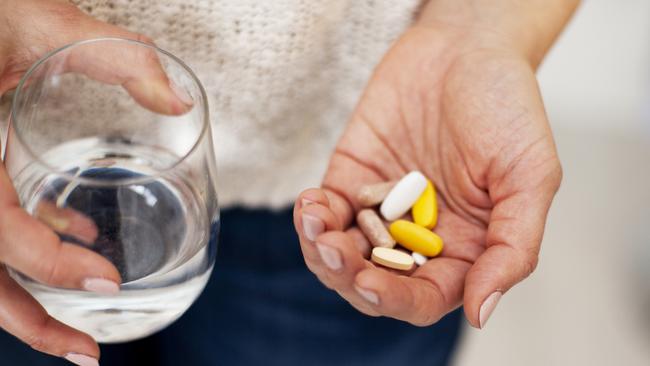
Other popular joint supplements such as glucosamine and chondroitin come laden with a promise – but no proof – of joint pain relief. “For some of the products sold we have evidence that they are no better than placebo tablets, and for others these tests have not been done at all,” she says. “Collagen tablets, for example, are broken down into constituent building blocks, amino acids and peptides by the stomach, so it is difficult to see how taking collagen by mouth would help the joint.” Her advice is to save your money, and to exercise and maintain a healthy weight instead.
WHAT ABOUT CREAMS AND POTIONS?
With some joint creams and gels the soothing benefit comes from the application rather than any active ingredients, but there are exceptions. “Ibuprofen gel can offer some relief,” Ellis says. “But it’s capsaicin cream that is underused and actually has medically proven benefits and is recommended by Nice [the National Institute for Health and Care Excellence].”
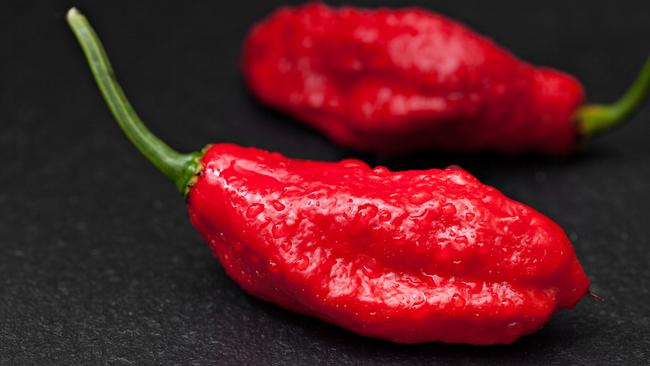
Derived from chilli peppers, capsaicin is the chemical compound that gives the plant its heat and studies have shown it works by reducing substance P, a pain transmitter in your nerves. “It needs to be applied to the painful joint four times a day for several weeks and then it gets to work by constantly stimulating nerves so that they get tired and stop responding,” he says. “It will have little effect at all if you just use it now and again, but used correctly it is a very good, evidence-based therapy.”
DON’T GIVE UP AT 45
One of the big mistakes that people make is to assume they should protect their joints by reducing the duration of their exercise from middle age. “Our research shows that there is quite a substantial change in activity levels from 45 onwards,” Kluzek says. “People think they should start to slow down and pace themselves, which is the furthest from the truth.”
He gives the example of runners who slow down to “chatting pace” and reduce their mileage in their forties and fifties. “We are finding they are missing the boat in terms of health and joint care,” he says. “By the time they get to 65, their cardiovascular and joint health is not as good as it would have been if they had kept challenging themselves in workouts.” To combat this common problem, make at least one weekly exercise session a run or cycle that leaves you breathless, he says.
THE TIMES


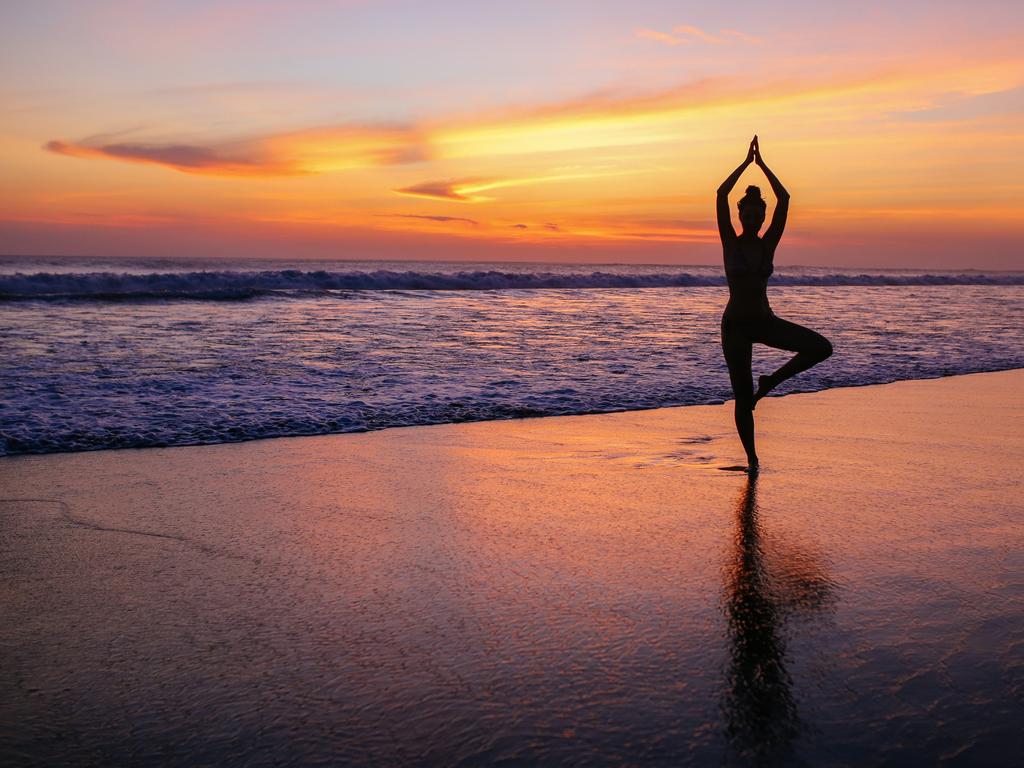
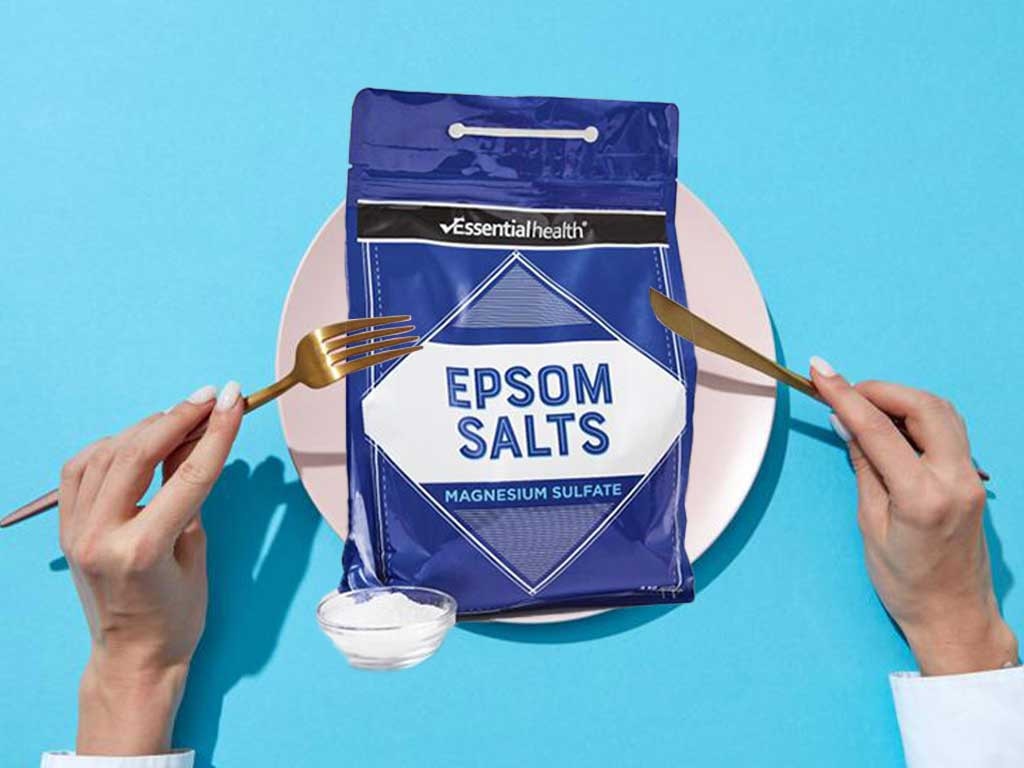
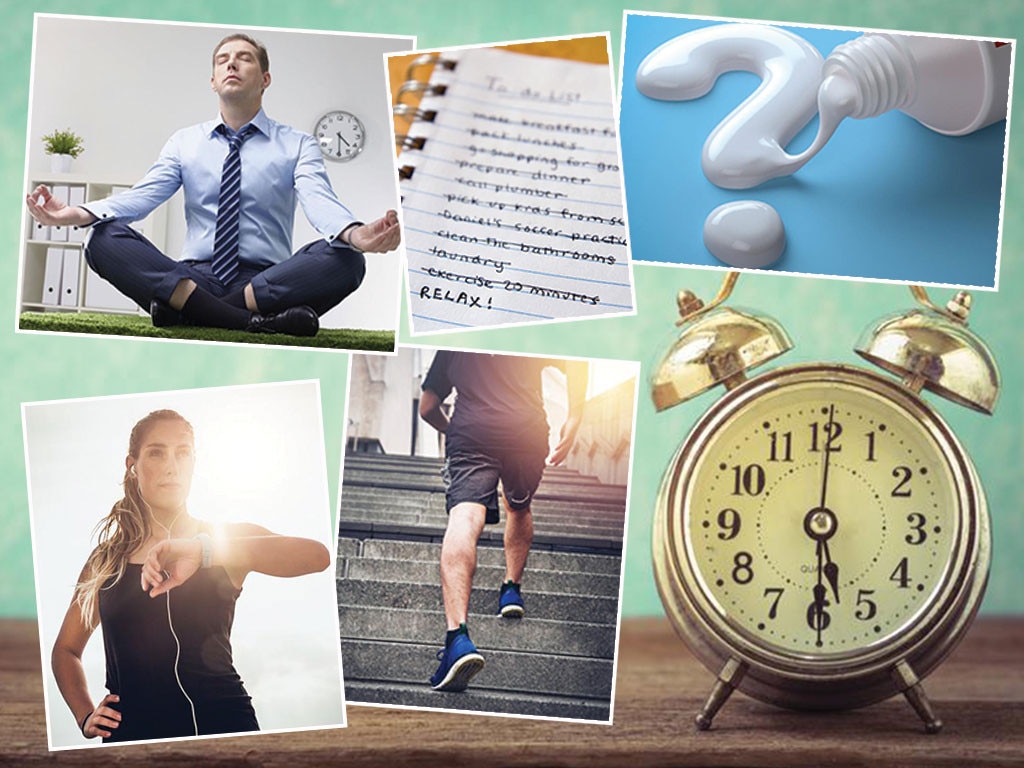


To join the conversation, please log in. Don't have an account? Register
Join the conversation, you are commenting as Logout